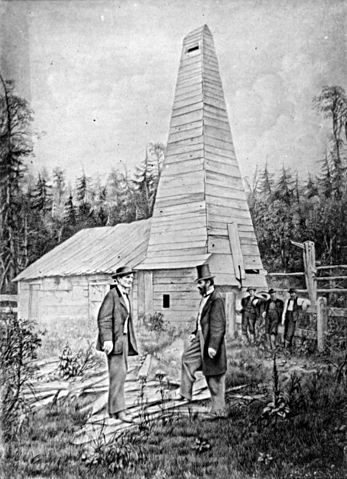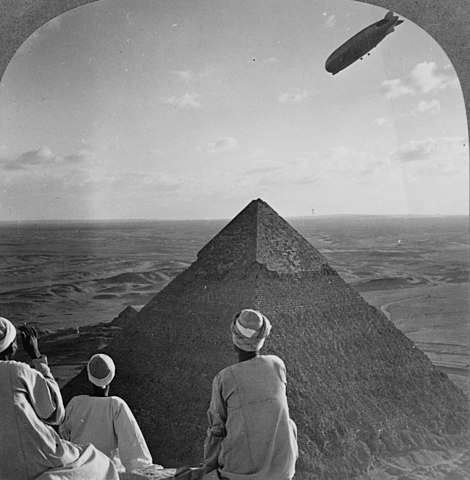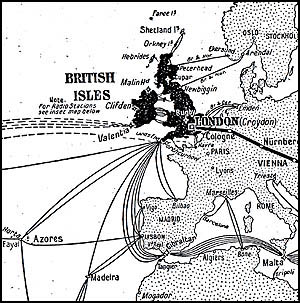iddt3
Donor
Possible possible - what resources were you thinking of?
OTL Canada. Though this US misses out on the easy access southern kill fields, that might incentivize investing more in the Canadian ones, especially if the Federalist doctrines of investment in infrastructure hold on. I also assume that there will be more investment in surveying going on in southern Canada at least.
It comes down to whether the US is going to be content depending on a foreign power for it's oil; the initial oil rush will probably still be in PA, but from there it could either move down to the DSA or up to the Canadian sources (or both).



